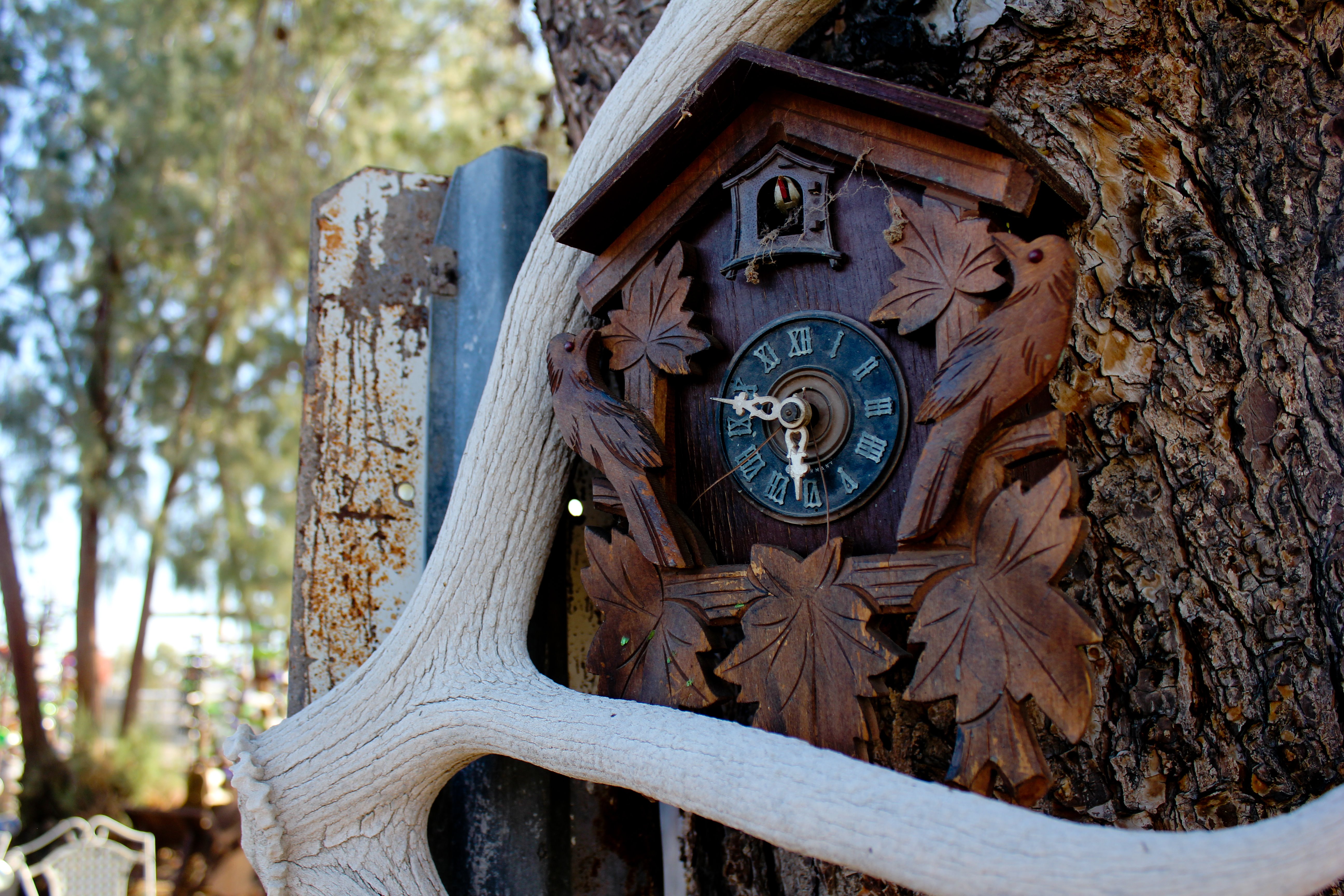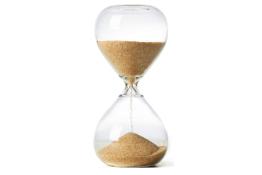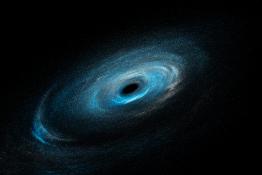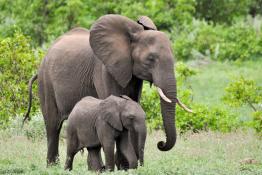
In this activity children explore ideas about how we measure time, and look at how these are used in different types of clock such as hourglasses, sundials, pendulums and water clocks.
Description
Imagine a clock where the big hand advances once a century, and a cuckoo emerges to mark the passage of a millennium! The 10,000 Year Clock is a giant pendulum clock being built inside a mountain in the middle of a desert in Texas. Children explore ideas about how we measure time, and look at how these are used in different types of clock such as hourglasses, sundials, pendulums and water clocks. Children use their ideas to build simple sand or water clocks and try to calibrate their clock to accurately time one minute.
*2024 update: please note the following resources outlined in the teaching notes have updated URLs as below
- Pupils discuss how movements of the Earth relate to time, and the units of days and hours. This is a good opportunity for pupils to consider how day and night occur due to the rotation of the Earth on its axis and how this relates to the 24 hour clock. There are many ways to demonstrate this using animated simulations, models and role play with the pupils themselves representing the Sun and Earth.
Example online simulations:
https://learning.dk.com/uk/videos/day-to-night
https://www.bbc.co.uk/bitesize/topics/zkbbkqt/articles/zn34r2p
Learning Objective:
- planning different types of scientific enquiries to answer questions, including recognising and controlling variables where necessary
- taking measurements, using a range of scientific equipment, with increasing accuracy and precision, taking repeat readings when appropriate
Children will learn:
- to construct and calibrate a timing device
- to explain how their timer works
- to convert between different units of time
- to compare times of day at different points around the world
These ASE resources were developed by Felix Levinson and Sharon Harris.



